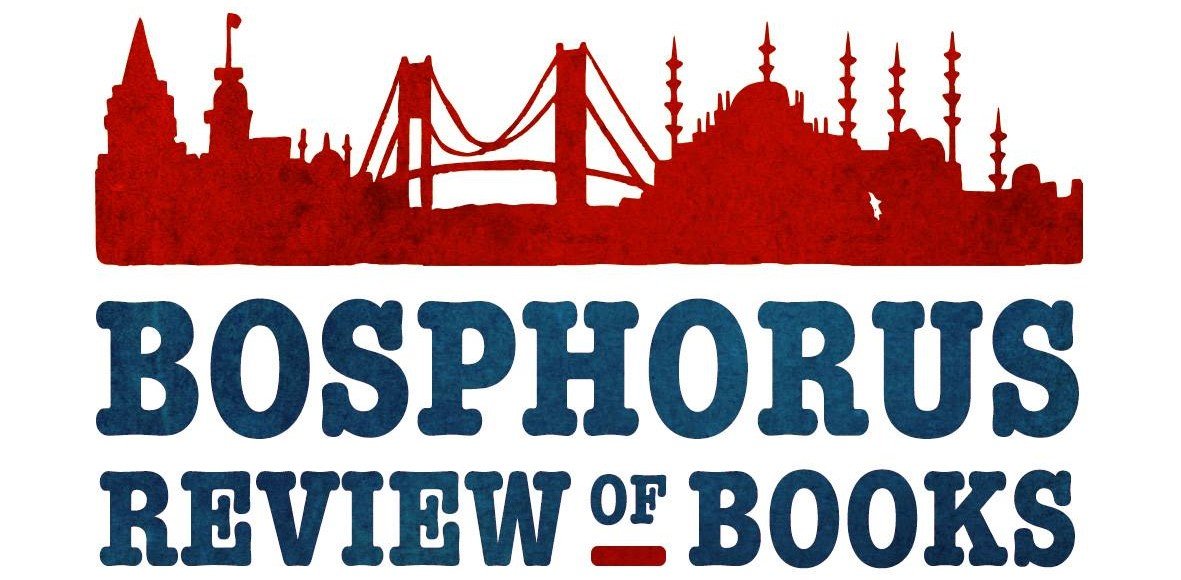Why You Should Read: I remember Beirut, Zeina Abirached
By Laura Silvestre
I Remember Beirut is not what you probably expect of a comic. This short graphic novel is not an history itself but a compilation of her author, Zeina Abirached’s, childhood memories who was born in Beirut in 1981. At that time, the Lebanese Civil War had been going on for six years (1975 – 1990), and it had extremely harsh consequences for a country as small but pluralistic as Lebanon. This conflict was different from the others in the region in the second half of the 20th century: there were no two, clear sides, but rather, multiple factions divided by religion and political ideology. As it has been augmented by several authors and reinforced by the art output of its first-person witnesses, there is neither one way to describe it, nor one side to blame for it and, of course, remember and heal the deep wounds the conflict caused.
The comic strips are black and white. Abirached’s drawing style has a clear resemblance to Satrapi’s Perspepolis, though I would say it is simpler and more restrained, which make the panels particularly intense and transmitting. On the first page, the book quotes Chris Marker and defines perfectly the book’s essence. “Nothing distinguishes memories from ordinary moments. Only later do they make themselves known, from their scars.” It is not a meaningful quote per se, but it gains its meaning by the end of the book.
The book starts with a very short introduction about the Lebanese Civil War, used by the author to contextualise the comic. Thus, the Lebanese Civil broke out in 1975 between Christians and an alliance of Muslims. Over time, those main actors began to fight among themselves as the internal violence of the conflict increased. Several international powers became involved trying to stabilise the situation. Over most of the fifteen years that the war lasted, Lebanon’s capital, Beirut, was divided by the so-called “Green line”, which was a five miles “invisible” strip of road that split Beirut in two: while the West of the city was mainly controlled by Muslim factions, Christian militias controlled the East.
Thus, I remember Beirut take us back to the time of Beirut in the late 1980s. Zeina’s family lived near the “Green line”, which was considered one of the most dangerous places of the city. This, and the fact that Zeina was born right in the middle of the conflict, in 1981, led her to naturalise what life is like in a war zone. Despite the fact that the “Green line” was mainly a road, it was not totally delimited by it. At certain points along the route, municipal buses, cars, sand bags and sand shields formed barricades to define it. Thus, streets close to the “Green line” were considered too dangerous, as Zeina recalls.
One of her memories on this pertains to the fact that the school bus didn’t pick up children who lived there. Every day, Mr. George, a taxi driver with a car big enough to pick up the children of Zeina’s neighbourhood, took them until a safer point where the bus could pick them up and after school, and they had to do the same journey back home. Zeina remembers all the children talking at the same time during this ride. Something also particular of where she lived is that the services, daily products and food were even more limited than in the rest of the city. But she remembers Ibrahim’s shop, the hairdressers, the man to whom her family bought the oil to light the house and cook with. She remembers the power cuts, the cold water showers, and her mother’s car colour: blue with “white dots”. She remembers her friends with whom she watched TV shows in French, her grandfather’s tales, the huge shell collection that her brother had and the ever-ready bag packed next to her bed in case they had to make a quick exit. She didn’t want to leave anything important, such as her walkman. She remembers all the places they moved because of the escalation in violence, but for her they were just vacations. She remembers when she left Lebanon, but her mind stayed there with her family. She remembers her first dollar.
This way, Zeina leads us through her life and memories as a child, releasing it of any adult concerns, political issues or connotations. It doesn’t mean that she wasn’t aware of the hostile and dangerous situation, but that above it all, she was a kid. For me, that’s what makes this comic worth it. In this short book, Zeina allows us to witness her girlhood and view it though her young eyes. I would say unconventional childhood, and it may be understood as chaining, but too many children had had to live in an armed conflict in the Middle East for her story to be called limiting. After growing up living in a civil war, Zeina naturalised the daily situations when she was very young, and they stayed with her for the rest of her life in the constant worry about her family wellbeing she feels and the alertness that is sparked by certain sounds. At the end of the book, the quote of Chris Maker reveals its real meaning. Even though Zeina was just a kid and tells of the innocent, heart-warming and funny memories that surround that phase, she also reveals scars that distinguish those moments from many, many others.
